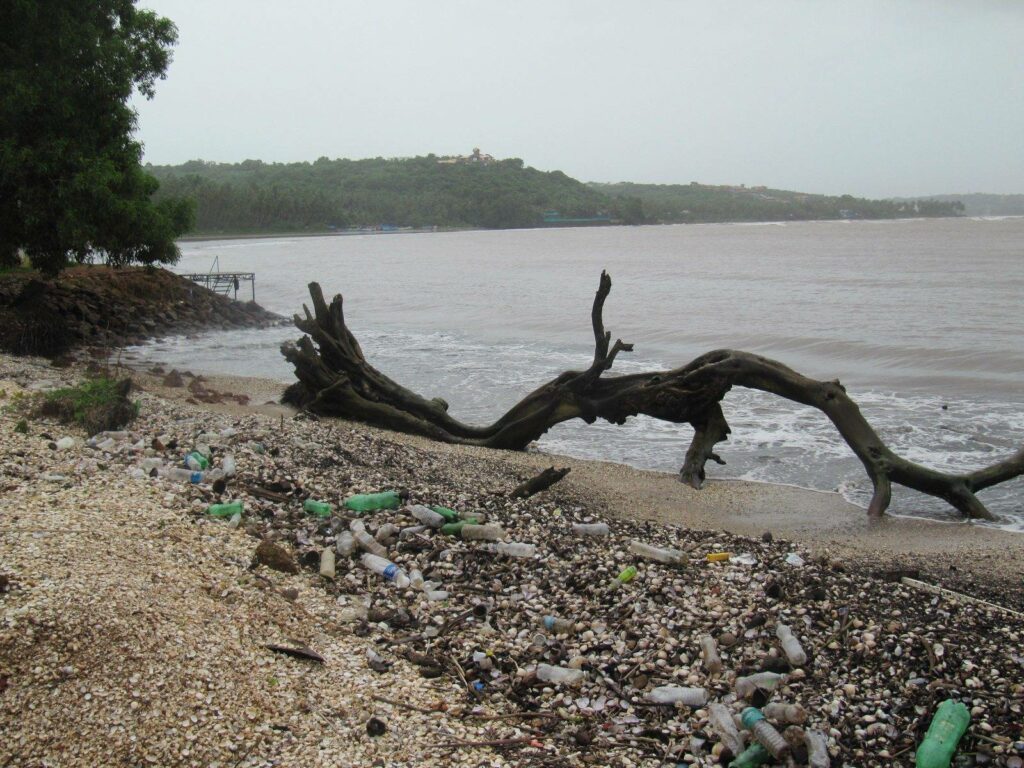Pollution affects everybody’s health. However, medical waste or biohazardous wastes are even more dangerous to the general public. This is because medical waste items include materials such as bodily fluids, tissues and sharps that can cause disease. In addition, contamination or medical waste leaks have the potential to create life-threatening disorders.
Even with these evident health risks, though, there are no consistent rules for medical waste disposal on the federal and state level. Because each state has its own set of laws, it is difficult to monitor whether or not medical waste is properly eliminated from the environment.
Find Out How Much You Can Save Instantly.
Try our on-line savings calculator.
At this time, most institutions that generate medical waste have some sort of access to facilities that process these kinds of items. But there is now a growing resistance to the use of unregulated incinerators that can get rid of medical waste. For this reason, more than 1,500 treatment locations now rely on autoclaving. The autoclaving process utilizes microwave technology, which is better for the environment’s health.
A Brief History of Pollution
Prior to the late 1980s, medical waste was not a huge concern. But in 1987, medical waste was thrust into the spotlight when the beaches of New York and New Jersey were littered with a massive amount of used syringes. Since fears about A.I.D.S. were simultaneously at an all-time high, the federal government created a new law to discourage improper disposal of medical waste.
The Medical Waste Tracking Act became law in 1988. After it expired, the law was designed to pass the majority of accountability for medical waste disposal onto individual state governments. But the Environmental Protection Agency (EPA) had shaped this new act more as a guide than a strict rule. Over time, however, more and more waste items became classified as infectious while transportation and treatment options were eliminated or considered too expensive.
Because of these limitations, more local governments began shipping waste out of state and even to other countries. This chaos inspired new record-keeping procedures so that medical waste could be tracked more closely.
In Conclusion
Although it is difficult to oversee medical waste disposal from a nation-wide level, each state has its own system for correctly discharging these dangerous items. By establishing detailed laws, residents are better protected from the hazards of medical waste.
But keeping up with this type of rubbish is a challenge in itself. As medical technology becomes more sophisticated and the population ages, the amount of medical waste increases as well. In 2010, an estimate 5.9 million tons of waste was generated by hospitals.
Luckily, there are many things you can do as a medical facility to minimize the effect on the environment while saving money on medical waste disposal costs. Selecting an experienced company to handle the medical waste needs of your office is the first step towards proper disposal at a reasonable price.




